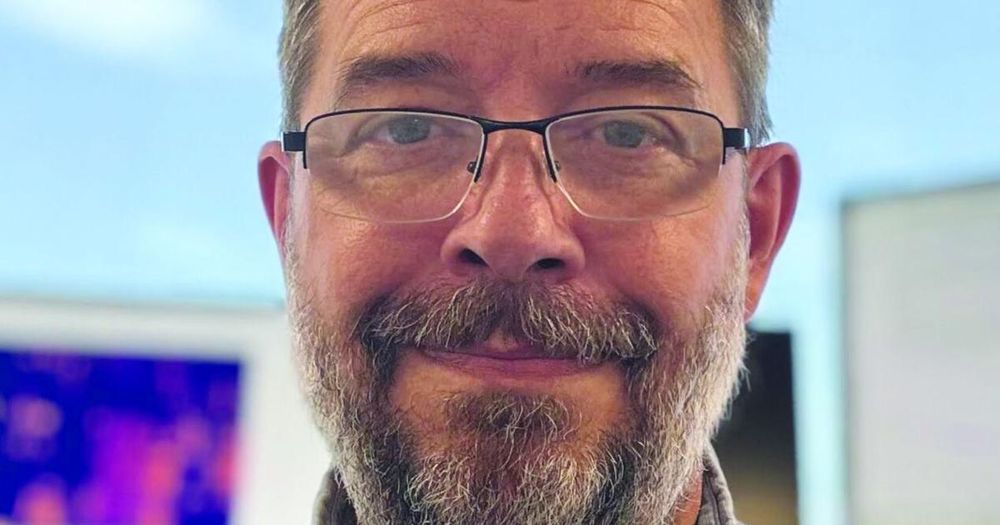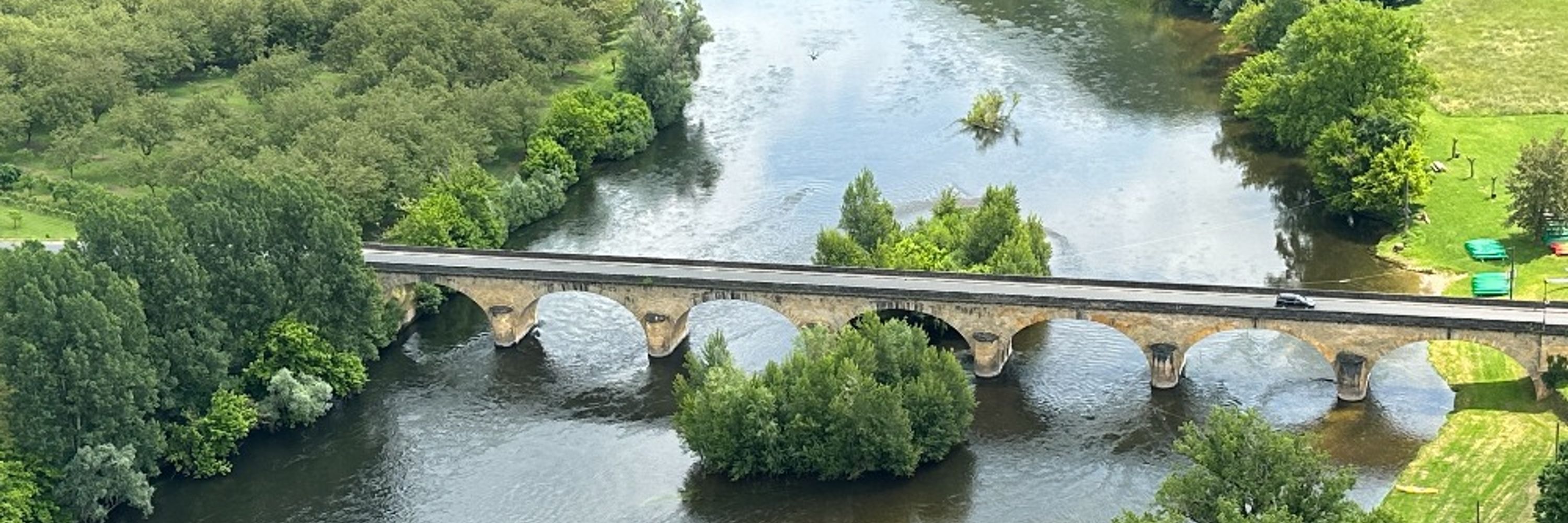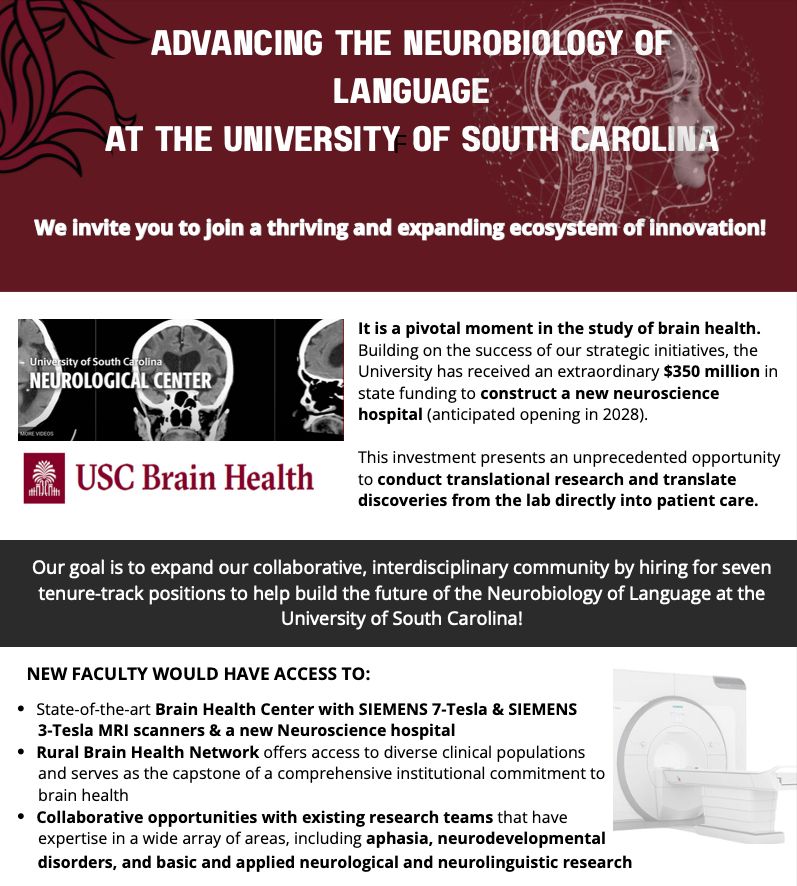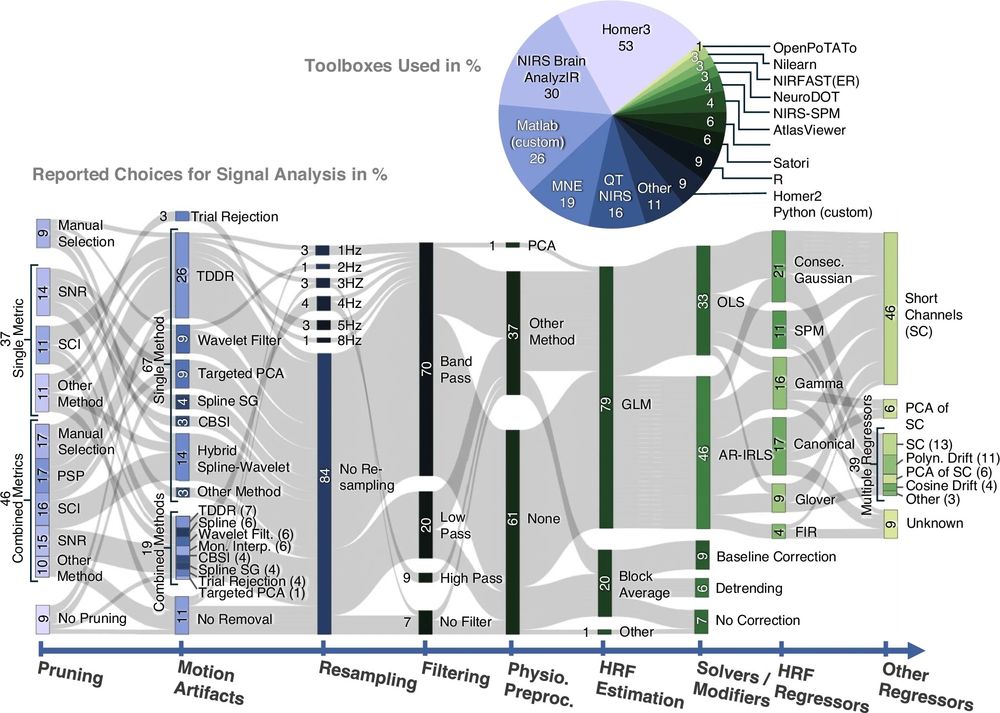Karen Emmorey
@kemmorey.bsky.social
2.4K followers
390 following
72 posts
Professor at San Diego State University; sign languages, neuroscience, reading, gesture, all things linguistic
Posts
Media
Videos
Starter Packs
Pinned
Reposted by Karen Emmorey
Reposted by Karen Emmorey
Reposted by Karen Emmorey
Reposted by Karen Emmorey
Reposted by Karen Emmorey
Reposted by Karen Emmorey
Reposted by Karen Emmorey
Reposted by Karen Emmorey
Adele Goldberg
@adelegoldberg.bsky.social
· Aug 24
Adele Goldberg
@adelegoldberg.bsky.social
· Aug 15
Reposted by Karen Emmorey
Gary Lupyan
@glupyan.bsky.social
· Aug 19
Reposted by Karen Emmorey
Karen Emmorey
@kemmorey.bsky.social
· Aug 12

Reading with deaf eyes: Automatic activation of speech-based phonology during word recognition is task dependent
Literacy levels are highly variable within the deaf population and, compared to the general population, on average, reading levels are lower. As speech-based phonological coding is a known predictor o...
journals.plos.org
Reposted by Karen Emmorey
Karen Emmorey
@kemmorey.bsky.social
· Aug 11
Karen Emmorey
@kemmorey.bsky.social
· Aug 11
Reposted by Karen Emmorey
Reposted by Karen Emmorey
Reposted by Karen Emmorey
jim magnuson
@jimmagnuson.bsky.social
· Jul 31

Farm to faculty: How federal research funding changes lives and boosts Minnesota's economy
When I was growing up on a farm near Cambridge, I never met a scientist. I didn’t know what scientific research was or how people became scientists. I graduated from
www.hometownsource.com


















